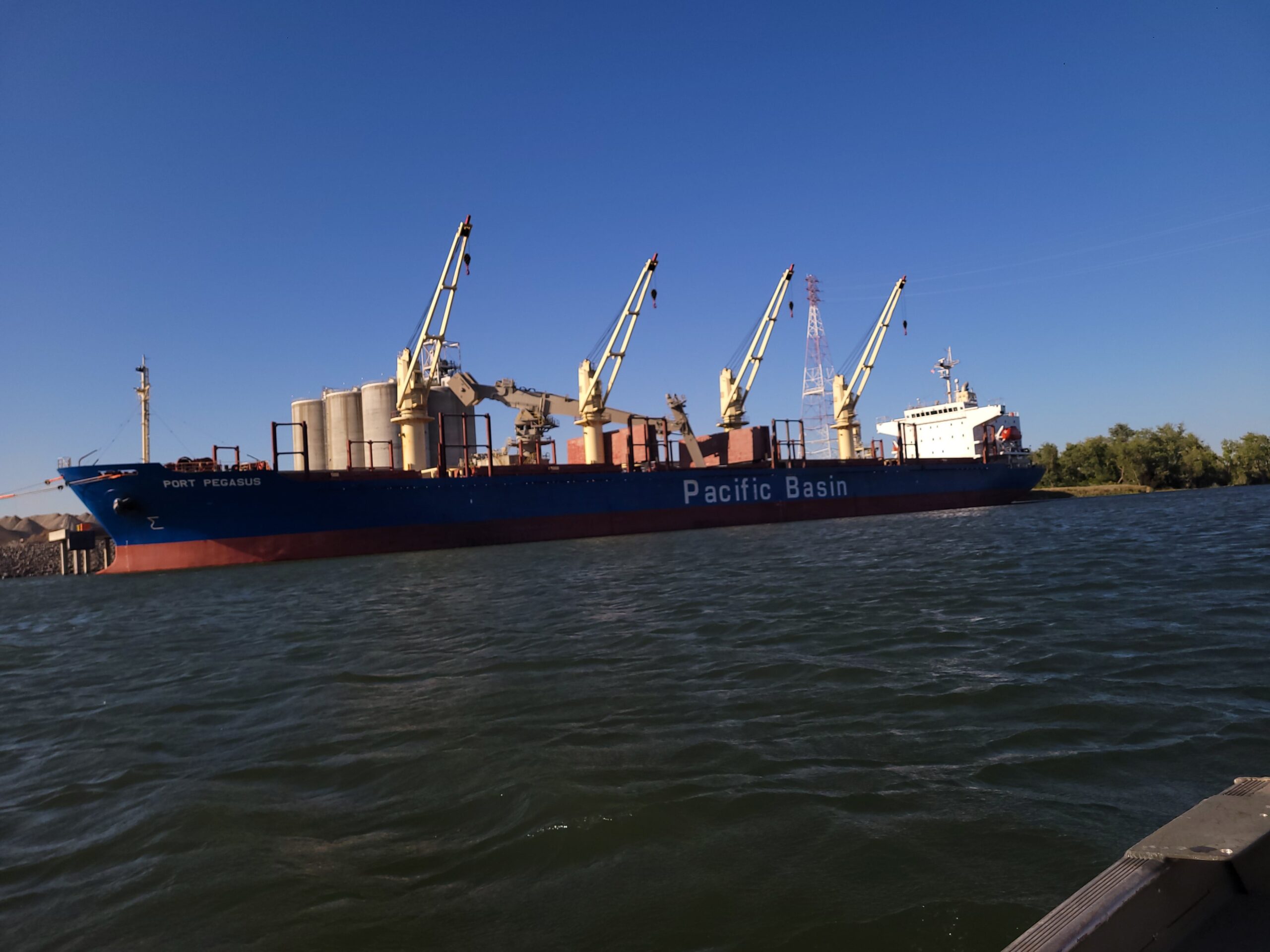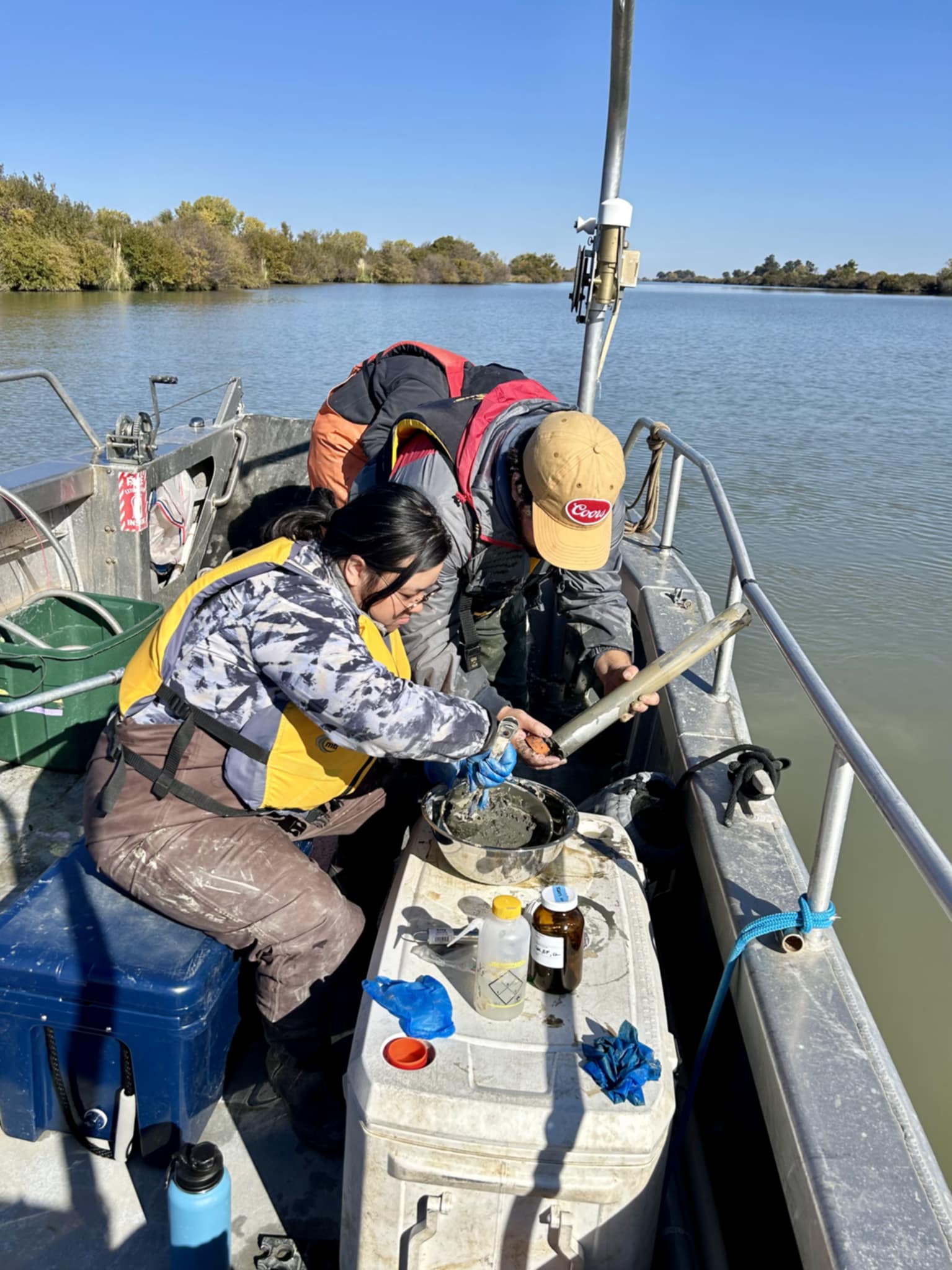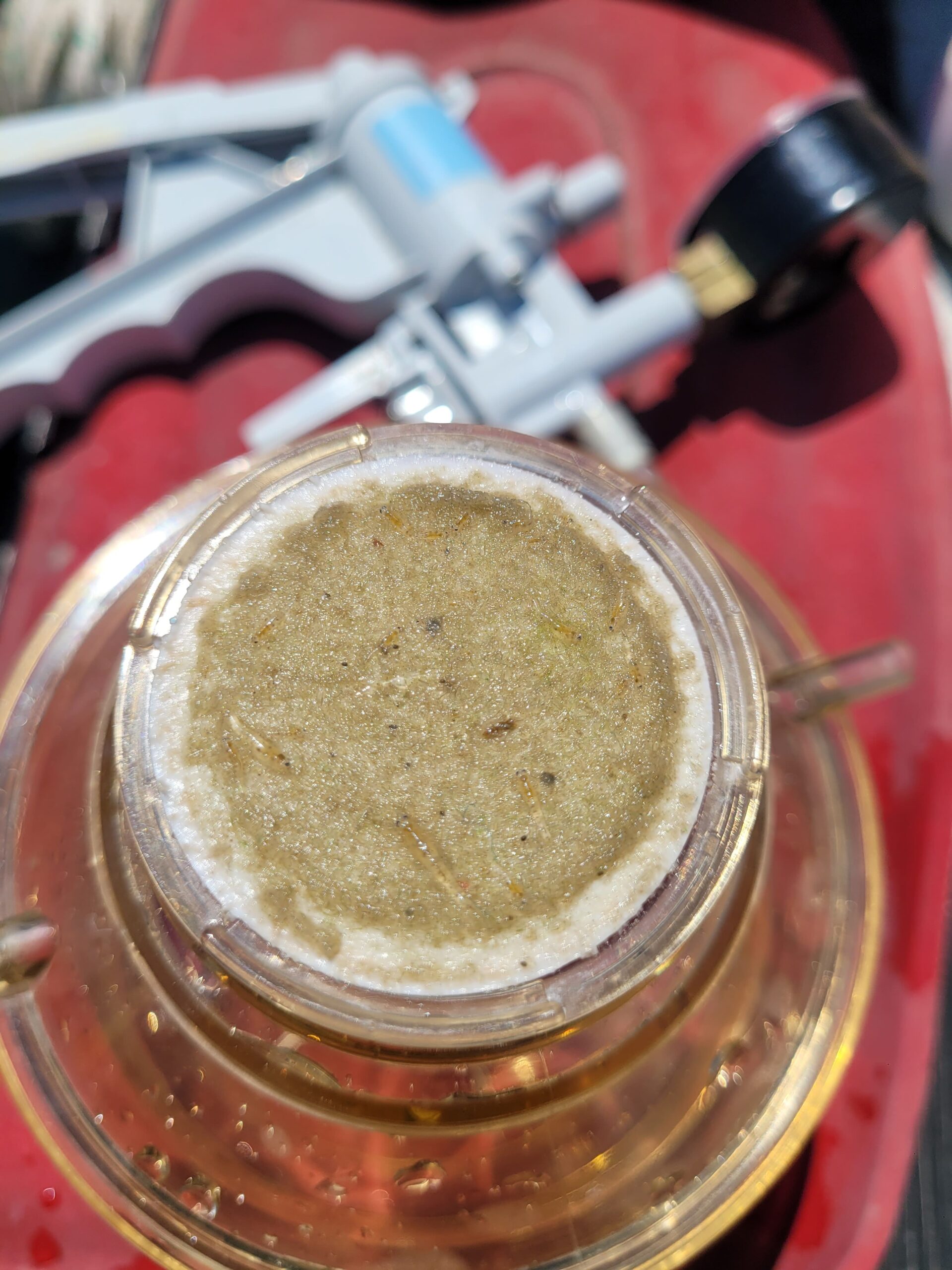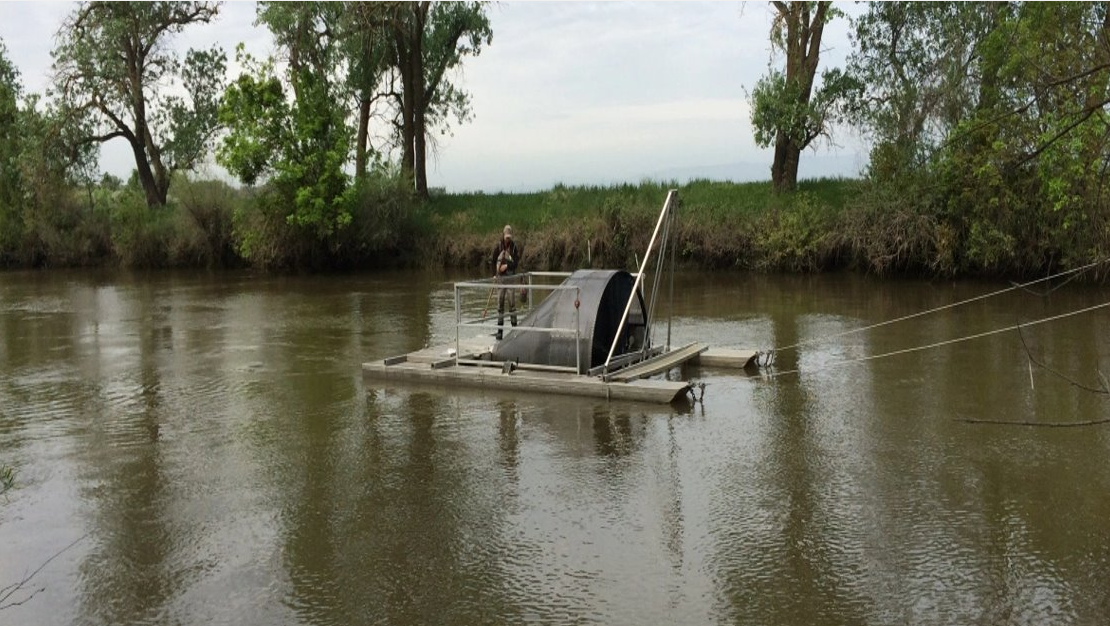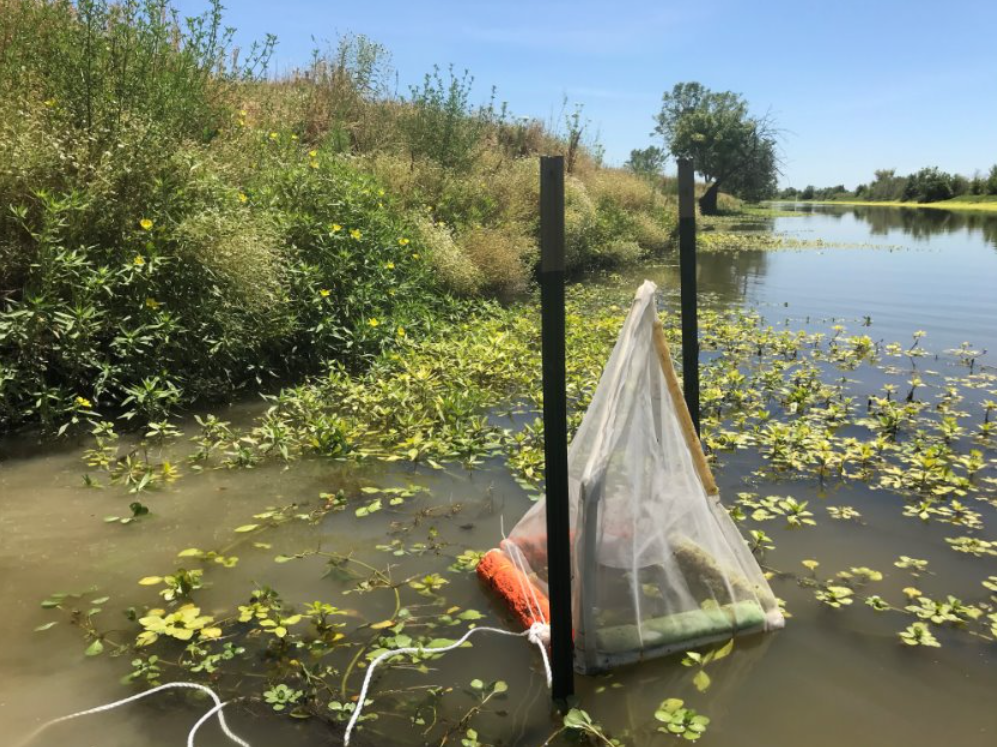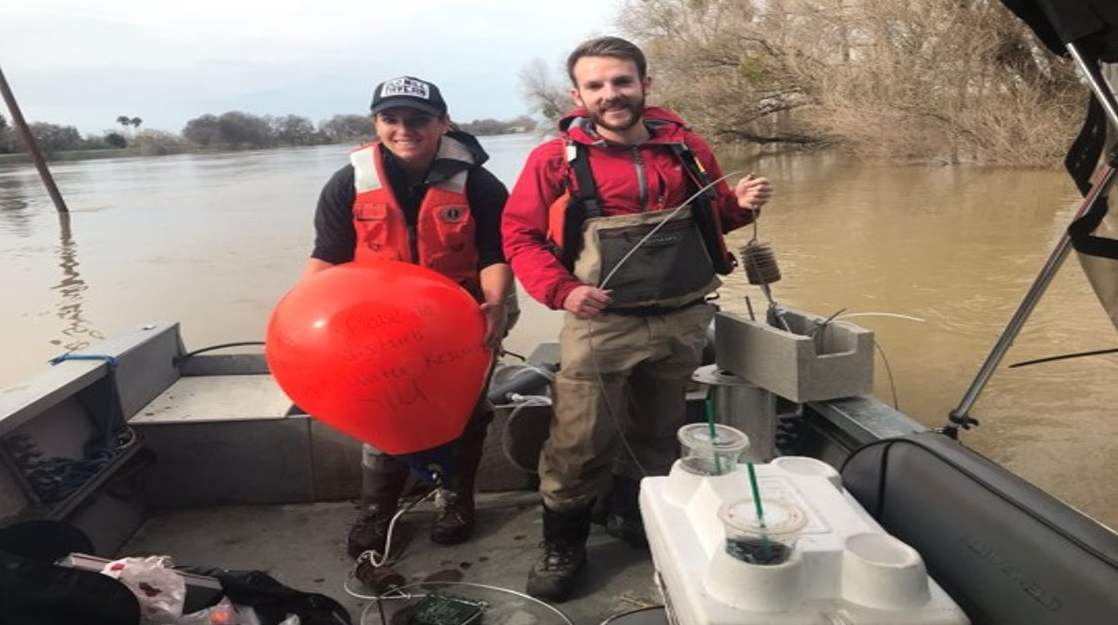Current Research
Sacramento Deep Water Ship Channel (SDWSC)
View Details
Measuring hydrophobic contamination throughout the Sacramento Deep Water Ship Channel and estimating exposure risks to aquatic biota. In 2023, sediments, zooplankton, and suspended solids were collected at six sites along the channel and measured for a variety of hydrophobic organic contaminants (i.e., organochlorine pesticides, pyrethroids, polyaromatic hydrocarbons, and polychlorinated biphenyls). All matrices were exhaustively extracted using accelerated solvent extractions to obtain total contaminant concentrations. A subsample of collected sediments also underwent Tenax extractions to predict the bioaccessible fraction of the contamination. A continuation of this project is ongoing, where an additional site was added downstream the Cache Slough confluence zone.
Response spectrum model for juvenile Chinook salmon
View Details
Develop a response spectrum model for 4,4′-DDE, fipronil, and bifenthrin using body residues in juvenile Chinook salmon. One of the goals of this work is to establish a link between biological effects and body residues in Chinook salmon. The resulting framework will be applied to archived Chinook salmon samples collected from several locations throughout the Delta from 2016 and 2017 to understand potential biological effects occurring within historical Chinook salmon populations. This work can be applied to past and future biomonitoring data to characterize and estimate risk of pesticide contamination in the Delta to Chinook salmon populations.
Assessing the effects of pesticide exposure of migrating Chinook salmon
View Details
The occurrence of several legacy and current-use pesticides in water, sediments, and invertebrates poses substantial risks for juvenile Chinook Salmon rearing in the Sacramento-San Joaquin Delta. Although pesticides are known to be present in juvenile Chinook Salmon and their invertebrate prey in the Delta, the nature and severity of effects of pesticide mixtures on fish and the spatial and temporal variability in those effects are unknown. The overall goal of this project funded by the State Water Contractors of California is to apply a response spectrum model recently developed by our research team (We are currently finishing the models from the RSM project) to assess spatial and temporal differences in impacts of pesticide mixtures on salmon rearing in the Delta.
Quantification of neonicotinoid insecticides in prairie chickens and spruce grouse
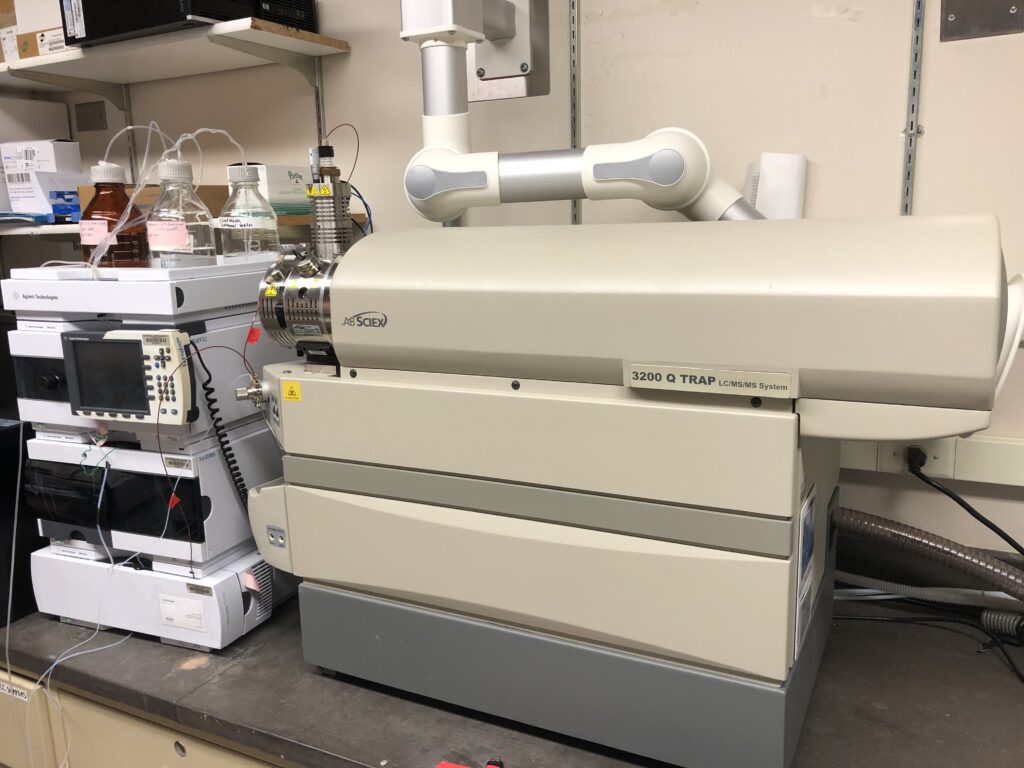
View Details
Neonicotinoid insecticides are typically used as seed-coatings for corn and soybean crops. Birds and other wildlife are often exposed to these insecticides through direct consumption of the coated seeds or indirectly through tropic transfer. This project funded by the Minnesota Department of Natural Resources is to develop fast and accurate analytical methods for detection of five neonicotinoid insecticides (imidacloprid, clothianidin, thiamethoxam, thiacloprid, acetamiprid)and two biotransformation products of imidacloprid (5-OH-IMI, and IMI-olefin) in various bird tissues. A QuEChERS method (quick, easy, cheap, effective, rugged and safe), coupled with solid phase extraction (SPE), and high-performance liquid chromatography-mass spectrometry (HPLC-MS) will be used for quantification of the target insecticides. Birds will be collected from fields in Minnesota by the Minnesota DNR and sent to SIU for quantification of the target analytes.

